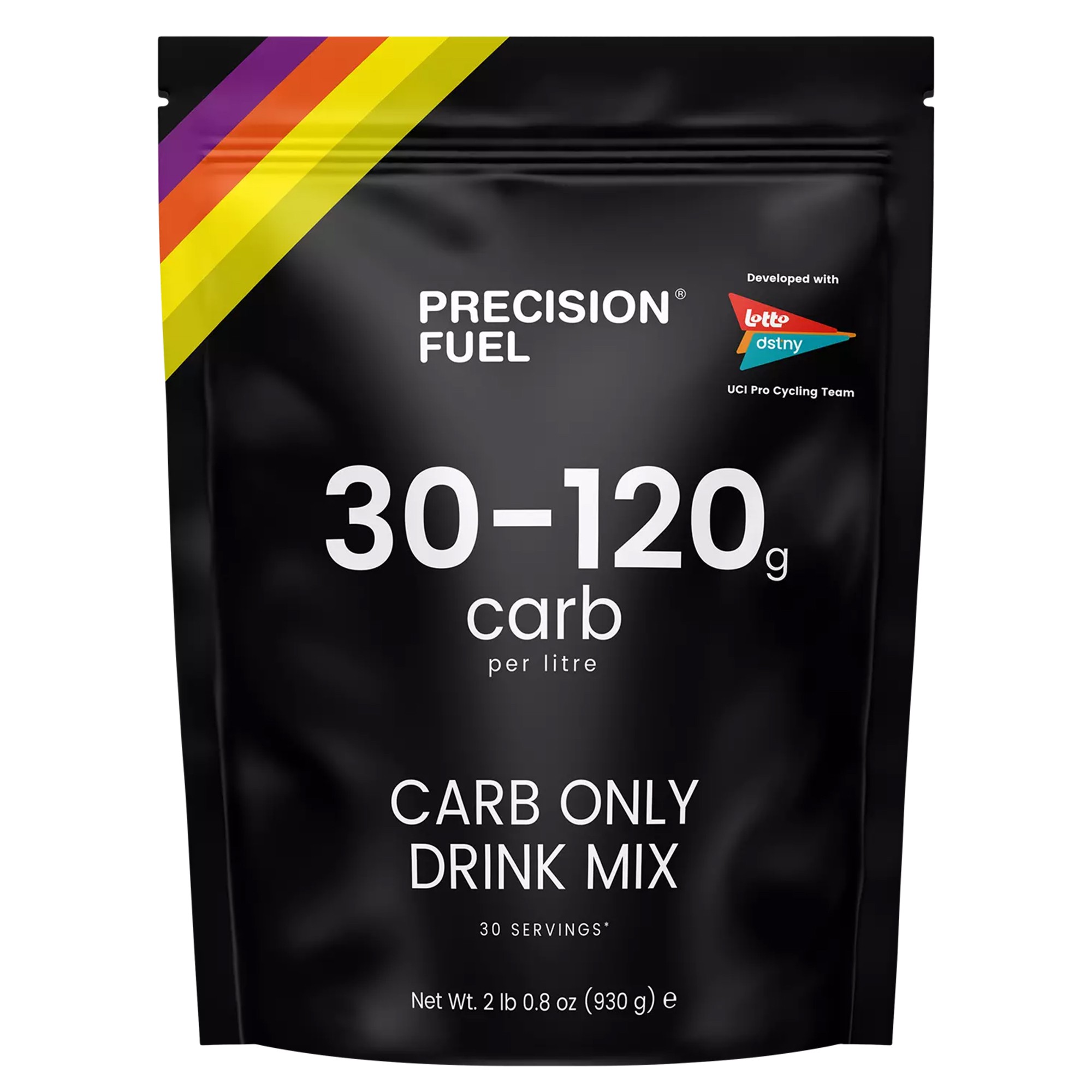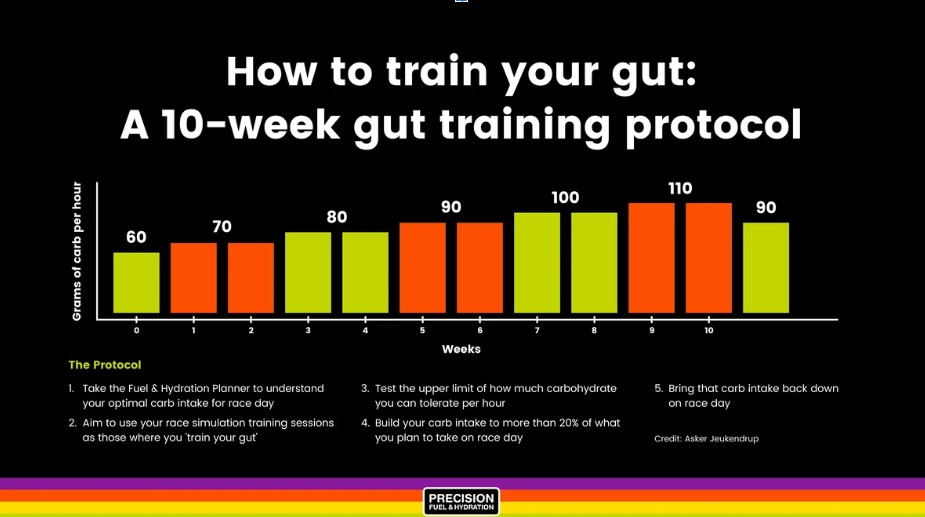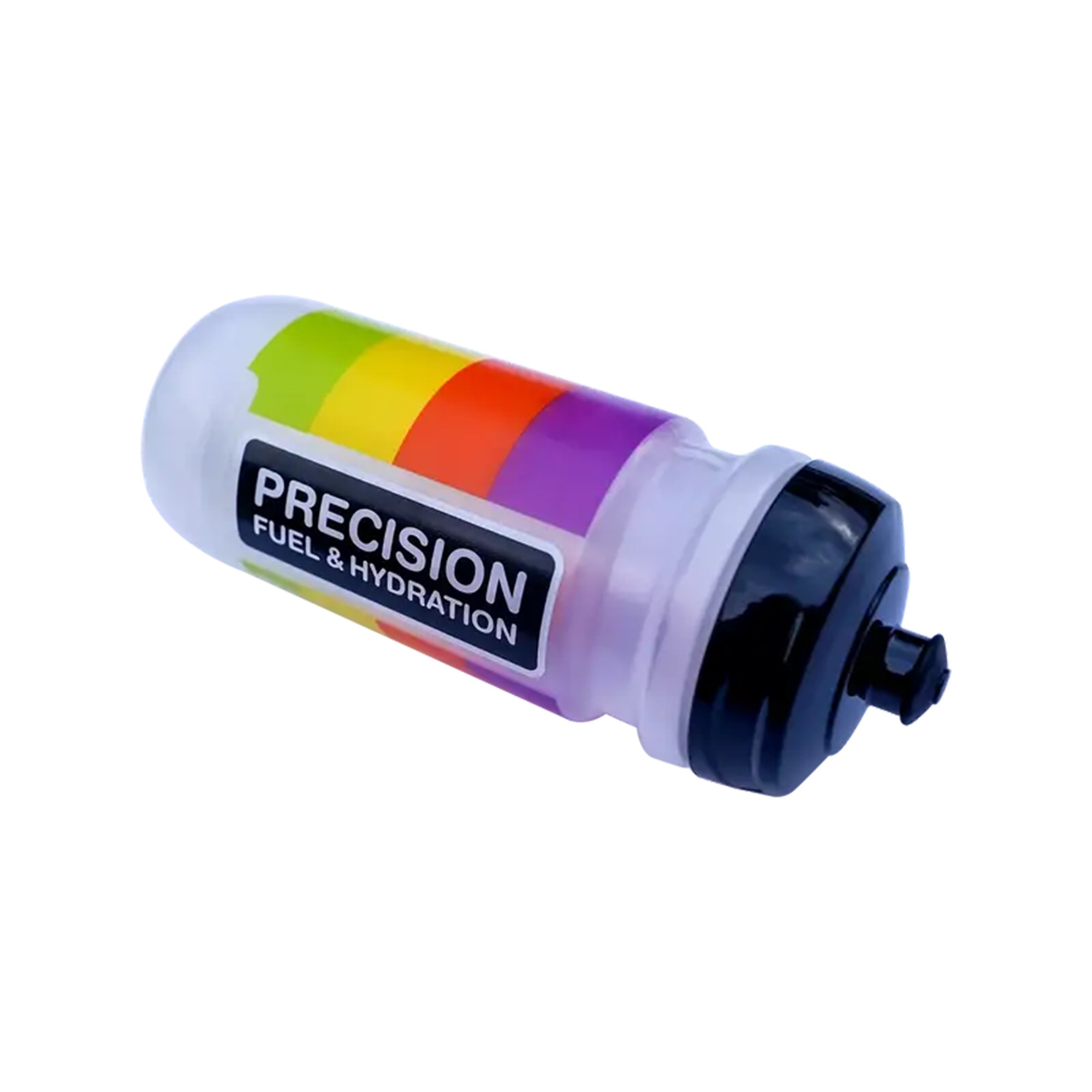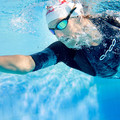
Cycling Nutrition During Rides
Pre & Post Ride Nutrition Tips
To help us break down the essentials of cycling nutrition during the ride, as well as pre and post fuelling, we've enlisted the expertise of Lexi Kelson, a dietician from Precision Fuel and Hydration.
Pre-Ride Fueling Strategies
Fuel and hydration for a race starts before you even get on the bike. You’ve probably heard of carb-loading – the concept’s been around for more than 100 years – so let’s start there.
Carb-loading
Increasing your carbohydrate intake for around 2–3 days before a race helps make sure your muscles are fully stocked with glycogen.
Combining this higher carb intake with a reduction in training (aka tapering) allows the muscles to significantly boost glycogen stores.
Research has shown that effective carb loading can extend exercise capacity by up to 20%, and improve time trial performance by 2–3% in high-intensity events lasting over 60 minutes.
Practically speaking, this means increasing the proportion of carbohydrates in your diet, and pulling back on fat and fiber so you’re not feeling bloated and overly full. Aim for 8-12 grams of carb per kilogram of body weight each day for the 2-3 days leading up to your race. That might seem like an overwhelming amount of carb when you do the math, so focus on energy dense sources of carbohydrates. Honey, jam, maple syrup and other condiments are great options, as well as carb drink mixes, fruit juices, and even things like dried fruit, fruit snacks and sweets.
In the 2-4 hours before your ride, be sure to have a carb-rich meal (1-2g of carb per kg of body weight). Keep this meal low in fibre and moderate in protein/fat to reduce your risk of GI distress. Then, about 15 minutes before you take off, top up with a final dose of 30g of simple carb to kickstart your fueling and boost your blood sugar.
Pre-hydration
On the hydration side of things, the equivalent would be what we call ‘preloading’, which is consuming a high strength electrolyte drink in the ~12 hours preceding your race.
Increasing your blood plasma volume before intense workouts is a proven way to improve performance, especially in the heat. More blood means your cardiovascular system can better handle the dual challenge of cooling your body and supplying oxygen to your muscles.
Since the goal is to deliver a high relative concentration of sodium, using PH 1500 is highly effective – it contains three times more sodium than typical sports drinks. That extra sodium helps draw water into your bloodstream and keeps it there, making it easier to stay hydrated.
Preloading with PH 1500 can also help prevent or reduce muscle cramps, particularly if you tend to cramp late in races or in hot weather. In fact, 89% of athletes who experience cramps report relief when using PH 1500 for preloading.
The preloading protocol: drink 1 x serving of PH 1500 in 500ml the night before and then another round the morning of your race, finishing this one ~1 hour before you start. You also don’t want to overconsume a lot of plain water in these 12 hours so you’re not diluting down the electrolytes you just took in. Factor the PH 1500 servings into the amount of water you’d typically drink instead of adding it as an additional few bottles.


Cycling Nutrition During Your Ride
What you eat and drink during your ride comes down to the ‘big three’ we went over at the start: carb, sodium and fluid. Your targets for each of these will be based on the ride duration and intensity, gut training, weather conditions, and your individual sweat losses.
Fuel Intake
As the primary fuel source, carbohydrate is going to be your main focus. The range for endurance sport is typically 30-90g of carb per hour, erring on the higher end for anything longer than 2 hours. However, we often see athletes going above this mark (and well above it – ~120g/h+) if they’ve undergone gut training. So, for those of you who struggle to consume carb on a ride, there’s hope!
Your gut can be trained just like you’re training the rest of your muscles. It just takes time and progressive overload. Determine your starting point (what you’re comfortable taking in per hour) and increase by 10-15g of carb every 1-2 weeks. Be sure to practice your intake on several rides per week, especially those at a higher intensity and in warm conditions, as these can both be factors in GI distress.
To get specific targets for a race coming up, fill out the free Fuel & Hydration Planner.

Post-Ride Recovery Nutrition
Carbs for recovery
When it comes to optimizing post-exercise carbohydrate intake, aim to consume 1.2 g/kg of body weight per hour during the first 4 hours after training. After that, shift your focus to meeting your overall daily carbohydrate target - typically around ~5-8 g/kg per day for athletes working to maintain carbohydrate availability.
The reason for prioritising carbs right after exercise is that your body is especially receptive to glucose uptake in this window. GLUT4 receptors - which help transport glucose into muscle cells - move to the cell membrane during exercise but begin returning to their resting state within 30-60 minutes. Absorption is fastest soon after exercise, then gradually slows down.
During this early recovery phase, a general guideline is to use a 4:1 carbohydrate-to-protein ratio to support both glycogen resynthesis and muscle repair.
When your recovery window is short - say, within 12 hours - between training sessions or races, a targeted approach becomes essential. If your next session is less than four hours away, you’ll need rapid glycogen restoration, as it typically takes around four hours for carbs to be fully digested and stored.
Even if the next session isn’t endurance-based (like strength training), it's still worth replenishing your glycogen stores. Lifting can tap into intramuscular glycogen and impact performance, especially if you're starting in a depleted state.
You should also take a proactive approach to recovery if you train fasted or struggle to hit your carbohydrate targets. In these more demanding scenarios, carb intake isn’t optional – it’s essential.
Hydration for recovery
Rehydration after exercise is also a crucial part of your strategy as an athlete. The science says it may actually take more fluid than the amount you lost to fully rehydrate since some of it will be lost in urine or continued sweating. So, the sweet spot in the research is to replace ~150% of your losses in the first 2-3 hours after you finish exercise. In that fluid though, you need to add enough sodium to make sure you don’t put yourself at risk of hyponatremia from an overconsumption of plain water. An effective rehydration solution is similar to your preloading protocol – using a higher concentration of electrolytes helps the body to hold onto the fluid you consume instead of just excreting it. PH 1500 is a great option for post-workout or post-race when you’ve been sweating up a storm!
In addition to sodium, adding a bit of glucose (aka carbs, sugar, the good stuff) uses the ‘Oral Rehydration Therapy’ (ORT). The salt + glucose combo means your body can pull more water through the wall of your gut into the bloodstream and keep it there, whereas plain water can’t do this on its own. So either opt for PH 1500 drink mixes (which have glucose and sodium) or be really diligent about your post-workout simple carb intake alongside your hydration.
Common Cycling Nutrition Mistakes
Losing Bottles
From a practical perspective, one of the biggest issues we’ve seen cyclists run ride into is having bottles be unwillingly ejected from their bike due to tricky terrain or courses. The biggest lesson here is to prepare – always carry emergency gels or have a plan to pick up additional bottles at the next feed zone. Knowing your carb, sodium and fluid numbers is helpful here because even if you lose your well-thought out set of bottles, you know what you need to grab to still hit the same numbers you’d originally planned.
Gut Training
It takes time to train your gut to tolerate the amount of fuel you need as an endurance athlete. Most people can’t jump from 0-90 grams per hour overnight, just like you can’t race a 100k a few days after getting a gravel bike. Start early enough to not rush the gut training process, and always make sure to practice during race pace training sessions in race-like weather conditions.
Flavour Fatigue
Even if your gut can tolerate a lot of carb, can your palate?! If you can’t stomach any more gels after taking 3 every hour for 4 hours, you’re going to underfuel. Always have a variety of carb sources available so you can keep fueling all the way to the finish. Vary both flavour and texture, incorporating ‘real foods’ when you’re able to in order to mix it up enough for those really long rides. (And, practice with these different sources so you know your stomach is used to them, too.)


Supplement Considerations for Cyclists
There are so many supplements out there that are touted as being ‘necessary’ and ‘performance enhancing’, but more often than not, they’re overhyped and underdeliver! There are two well-researched supplements in the sports science literature that I can confidently recommend considering and those are caffeine and creatine.
Caffeine
Caffeine is a commonly used ergogenic aid that can help mask fatigue, lower perception of effort and increase alertness. (If staying awake past 9pm is an endurance sport, then caffeine is the only way I’m winning.) While many athletes can benefit from it, not everyone will. It depends on your individual tolerance, as some people are super sensitive to caffeine (slow metabolisers) and may experience heart racing, feeling jittery and unable to sleep in the hours after consuming it. On the other hand, fast metabolisers usually have a high tolerance, especially if they consume caffeine regularly. They’re the most likely to benefit from a higher dose of caffeine during exercise, while the slow metabolisers may only need (or be able to use) a low dose.
If you haven’t tried caffeine during races, I’d recommend trialling it out in training first to see the best dose for you. The range in the research for sports performance is 3-6 milligrams of caffeine per kilogram of body weight.
It’s important to note that caffeine takes ~45-60 minutes to peak in the blood stream and then has a half life of 4-5 hours. So if you are going to use caffeine, make sure your timing is strategic.
For example, a 60kg athlete doing a 6 hour gravel race could take a PF 30 Caffeine Gel (100mg of caffeine) in the 15 minutes prior to the race start. Then, about 2 hours in, they can take another caffeinated gel to push through the midpoint, followed by a third dose at 4 hours in to get them through a strong finish.
Creatine
Creatine is another very well-researched supplement that’s been around since the 1800s and studied for physiology for nearly 25 years. While it may have a reputation of being only for strength athletes, there is an argument to be made for its application to endurance athletes.
Creatine is found in foods like meat and fish and is also made by your body. It’s stored in your muscles, where it helps regenerate ATP—the primary energy source for your cells—especially during high-intensity exercise. Phosphocreatine donates a phosphate to convert ADP back into ATP, supporting energy production when demand spikes. While your muscles can only store a limited amount, supplementing with creatine can extend how long you can produce energy at a high rate.
The benefits of creatine for endurance athletes applies mostly to end surges like in the final stages of a race. There’s also some research showing a benefit to enhanced power output during intervals, increased time to exhaustion and peak power. Creatine has a few other accolades including encouraging glycogen storage, acting as a lactate buffer, impacting muscular efficiency and supporting recovery, not to mention its impact on brain health.
If you do supplement with creatine, you likely don’t need to do any type of loading phase, as maintenance doses of ~3-5 grams of creatine daily can saturate your stores after several weeks of supplementation. It’ll just be a more gradual increase in performance benefits but you won’t be risking any GI discomfort often associated with loading phases. To note, you really only need to stick to creatine monohydrate instead of one of the many other forms of creatine on the market – there’s no research showing those are any better than the original (and cheaper) stuff.






